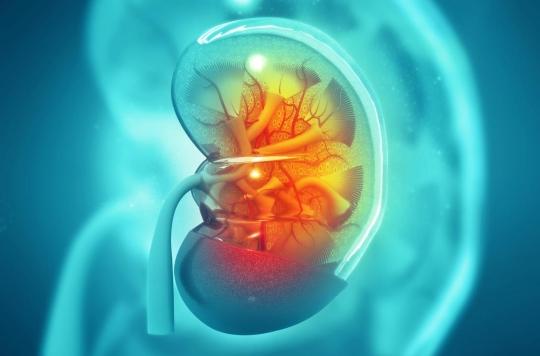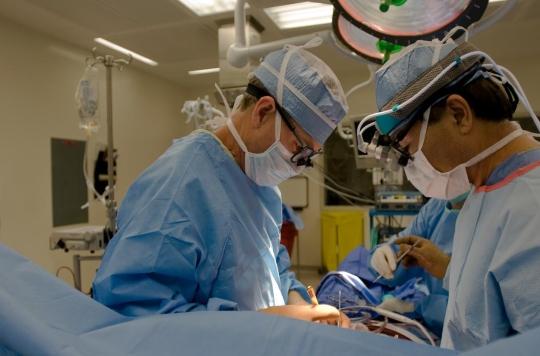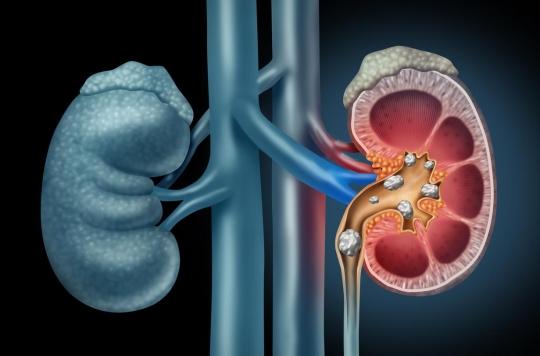Some 5,357 organ transplants were performed in 2014, including 526 from living donors. A figure up slightly, but the waiting list also continues to grow.
-1443866856.jpg)
“The needs are increasing faster than the number of grafts available”. This is what should be remembered from the new annual activity report of the Biomedicine Agency. The number of patients awaiting organ transplants reached 13,749 on January 1, 2015 against 12,713 on January 1, 2014, and 6,787 ten years earlier, in 2005.
However, between 2000 and 2014 transplants increased by 67%: 5,357 transplants were thus performed last year. Kidney transplants are the most common with 3,232 operations performed, followed by liver transplants (1,280), heart transplants (423) and lung transplants (327).
The Biomedicine Agency also stresses the importance of samples from living donors, which gives very good results for the recipient. This practice remains modest, but it has doubled since 2000 with 526 operations carried out in 2014, under the impetus in particular of the bioethics law of 2011. The objective is to increase this share of living donations to 20% of kidney transplants which will be completed in 2016, compared to just under 16% in 2015.
Living donors are mostly relatives or friends of a patient with end-stage renal disease. But for the first time last year, six patients were able to be transplanted thanks to cross-organ donation.
25 donors per million inhabitants
At the same time, the number of organs removed per donor reached its highest rate in 10 years in 2014, with 3.09 organs transplanted per donor. The average age of the donors collected is 44.3 years. Among the causes of non-sampling, the opposition rate represents 24.5% (against 20.9% in 2013) and the donor’s history constitutes an obstacle to the removal in 34.5% of cases (32.2% in 2013). 2013).
For 2015, the Agency wishes to tackle regional disparities in the rate of opposition expressed by relatives. They vary from one region to another, ranging from 21.1% in Brittany to 44.4% in Martinique. Six regions (Alsace, Auvergne, Lorraine, Brittany, Pays de Loire and Franche-Comté) have the lowest opposition rates (<27%). The highest opposition rates (≥ 40%) are found in Picardy, Martinique and Ile-de-France.
.















